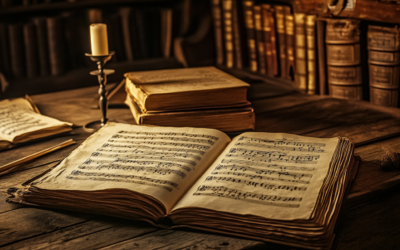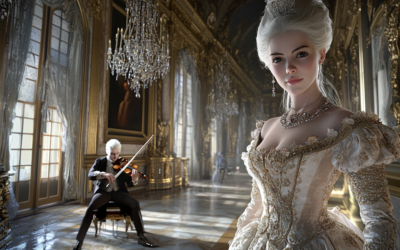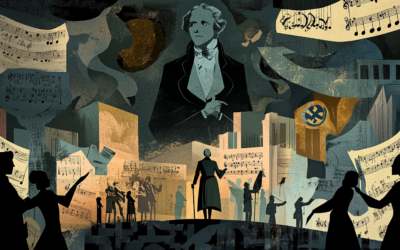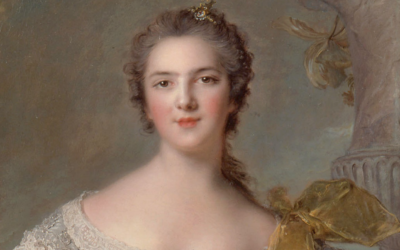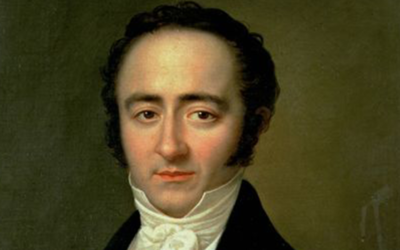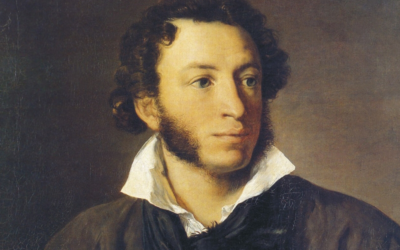The Contradictions Behind Mozart’s Bassoon Concerto K.191 and Other Puzzling Pieces
The Bassoon Concerto in B-flat Major, K.191 has long been celebrated as a foundational work for the bassoon, yet its origins remain shrouded in mystery. Originally thought to have been composed for Thaddäus Freiherr von Dürnitz, a Munich amateur bassoonist, closer examination reveals several inconsistencies in the timeline and purpose of the piece.
Coupled with the fragmented nature of the concerto’s movements, which appear disjointed and stylistically diverse, this raises questions about whether the work was intended for performance at all.
Furthermore, other works like the incomplete Bassoon Concerto in F Major, K.196d and the dubious Sonata for Bassoon and Cello, K.292a, are likely forgeries or falsely attributed to Mozart. As we revisit these compositions, it becomes increasingly clear that Mozart’s legacy is more complex and layered than previously believed.
Mozart: The Fall of the Gods
This book compiles the results of our studies on 18th-century music and Mozart, who has been revered for over two centuries as a deity. We dismantle the baseless cult of Mozart and strip away the clichés that falsely present him as a natural genius, revealing the contradictions in conventional biographies. In this work, divided into two parts, we identify and critically analyze several contradictory points in the vast Mozart bibliography. Each of the nearly 2,000 citations is meticulously sourced, allowing readers to verify the findings. This critical biography of Mozart emerges from these premises, addressing the numerous doubts raised by researchers.
""Is it truly Mozart, or merely a name we attach to what we find pleasing?"
Mozart: The Fall of the Gods
Mozart’s Bassoon Concerto in B-flat Major, K.191, often celebrated as a cornerstone of the bassoon repertoire, carries a murky history fraught with inconsistencies, much like his early violin concertos. Despite common belief, Mozart did not compose this concerto specifically for Thaddäus Freiherr von Dürnitz, an amateur bassoonist from Munich, as has been widely suggested. It was once thought that Mozart completed the piece on June 4, 1774, for Dürnitz, the same man for whom he later composed the Piano Sonata in D Major, K.284 in 1775. However, this timeline does not hold up under scrutiny.
Mozart only met Dürnitz at the end of 1774, after the bassoon concerto had already been written. Why, then, would Mozart dedicate a piano sonata to him instead of the already finished bassoon concerto? The letters between Mozart and his family make no mention of Dürnitz as a performer of the piece, nor is there any indication of another bassoonist friend who might have played it. This, in itself, raises doubts about the concerto’s original purpose and intended performer.
Musically, the Bassoon Concerto K.191 also presents contradictions. Mozart borrowed the opening theme from the Violin Concerto K.207, a work influenced by Josef Mysliveček, but the movements within K.191 feel disjointed. The first movement, with its Bohemian flavour, has a certain solidity, while the Andante is minimalist and restrained. The final movement appears to be a simple reworking of a basic dance form, creating an impression that the concerto may have been pieced together from various musical ideas, rather than crafted as a cohesive work. This leads to speculation that it may even be a sort of “pasticcio” rather than a unified composition.
Adding to the confusion is the existence of an incomplete Bassoon Concerto in F Major, K.196d, published by Breitkopf. The surviving fragment is so poorly suited to the bassoon that musicologists struggle to believe it was written by Mozart at all. Conversely, the Bassoon Concerto K.Anh.230a (K6 C 14.03), frequently attributed to Mozart, has fared better despite being the work of another composer—François Devienne. It is often performed as a “Mozart” piece simply because it is more aesthetically pleasing and commercially viable.
Around the same time as these dubious works, there is the Sonata for Bassoon and Cello (or Continuo), K.292a (K6 192c), another composition traditionally linked to Dürnitz. But, once again, there is no surviving autograph by Mozart, nor any concrete evidence tying it to him. The sole source for the sonata is a Breitkopf publication from 1805, known to be unreliable. Despite being included in Köchel’s catalogue, the sonata is almost certainly a forgery.
In these works, as in many aspects of Mozart’s legacy, we are left questioning both the authenticity and the true authorship. Whether driven by commercial interests or simply the lack of concrete evidence, many of these pieces remain attributed to Mozart, further muddying the waters of his already complex catalogue.
You May Also Like
The Kolb Concerto: A Mozartian Mirage?
The Kolb Concerto’s dubious origin and poor musical quality expose yet another myth in the Mozartian canon. If this is the work of a genius, then perhaps we’ve been fooled for centuries.
The Adélaïde Deception: Mozart’s “Lost” Violin Concerto and the Art of Musical Forgery
In the early 20th century, the “discovery” of Mozart’s sixth violin concerto in Paris created a sensation. Dubbed the Adélaïde Concerto and supposedly written for Madame Adélaïde of France, it was hailed as a testament to Mozart’s genius. However, as the story unfolds, it becomes clear that this masterpiece was not the work of the child prodigy but rather a carefully orchestrated hoax by Marius Casadesus. Despite its unmasking as a forgery, the concerto continues to captivate audiences, raising questions about authenticity and the music industry’s willingness to deceive for profit.
Mozart and the Nationalist Illusion: The 1931 Festival and Its Legacy
The Salzburg Festival, far from being a mere celebration of Mozart’s genius, was born out of nationalist ambitions during a turbulent period in Austro-German history. Conceived by figures like Max Reinhardt, Heinrich Damisch, and Friedrich Gehmacher, the festival was deeply rooted in ultranationalistic ideals, transforming Mozart’s legacy into a tool for cultural dominance. The truth behind its founding has long been obscured, but the primary sources tell a different, darker story.
K.6 and K.7 Sonatas: A Fabricated Genius?
The earliest sonatas of Wolfgang Amadeus Mozart, K.6 and K.7, are traditionally seen as proof of his precocious genius. But as we explore the murky origins of these works, we find that they may be more a product of Leopold Mozart’s ambition than Wolfgang’s musical talent. The truth, as always, lies somewhere between the notes.
Georg Nissen and the Missing Notebooks – Part II
This second part delves deeper into Georg Nissen’s scheme to expose the truth about Mozart’s death, and the roles of Constanze Mozart and her sons in keeping it buried. As new details emerge, the mystery surrounding the famous composer’s final days grows even darker, with powerful forces potentially at play.
Mozart and Salieri
Pushkin does not see Salieri as a mere mediocre. In fact, Salieri embodies the struggle of the artist, much like Michelangelo, who reaches greatness through relentless effort. Pushkin himself identifies with both Mozart and Salieri, but he emphasises that true art demands work, discipline, and sacrifice. In poisoning the Mozartian element within himself, Salieri performs a service to art, freeing it from the frivolity of effortless genius. ‘Can genius and malice coexist?’ Pushkin’s answer is complex, but in the end, Salieri’s act seems to affirm that true creation lies in the hands of those who strive.


